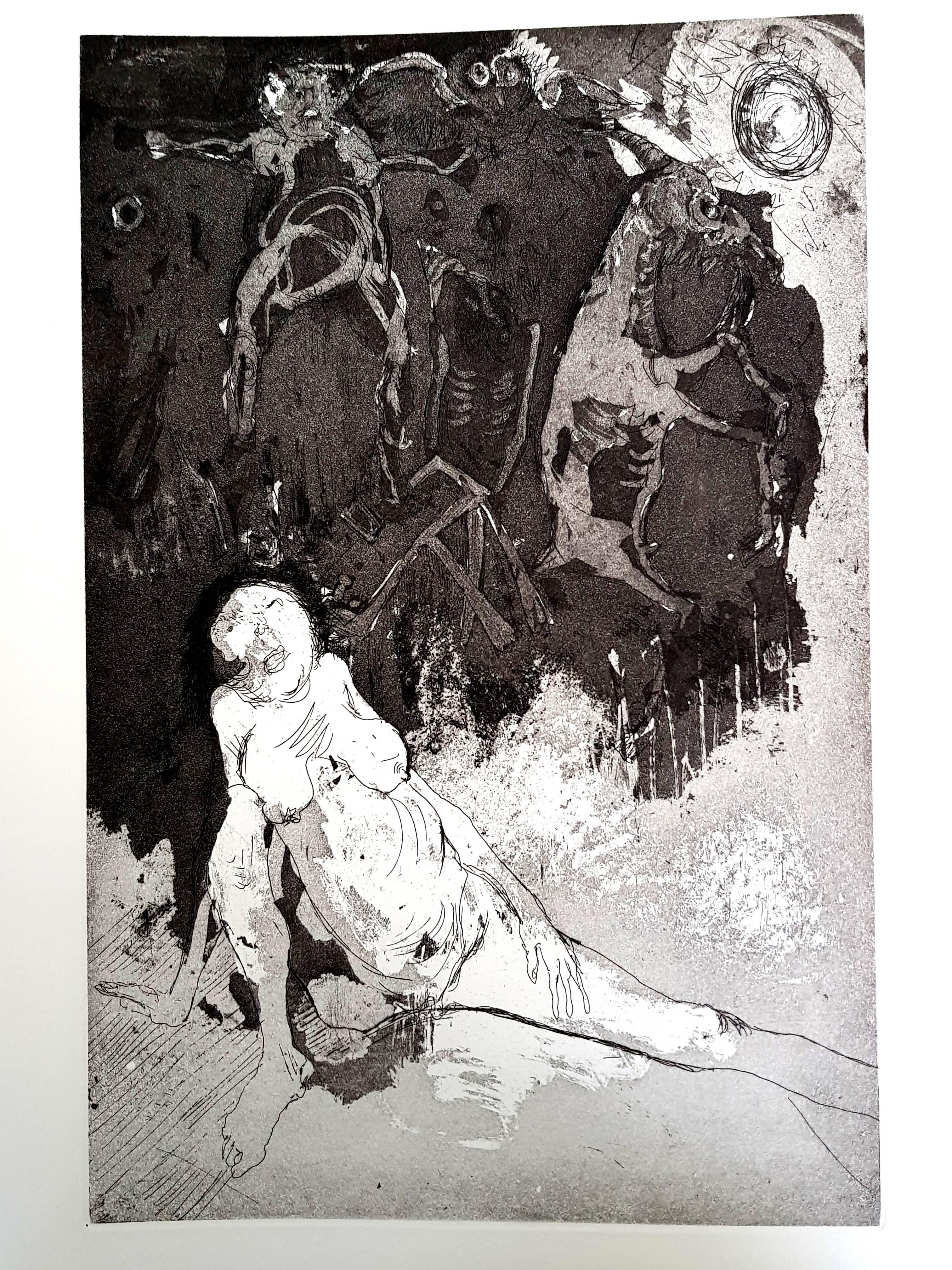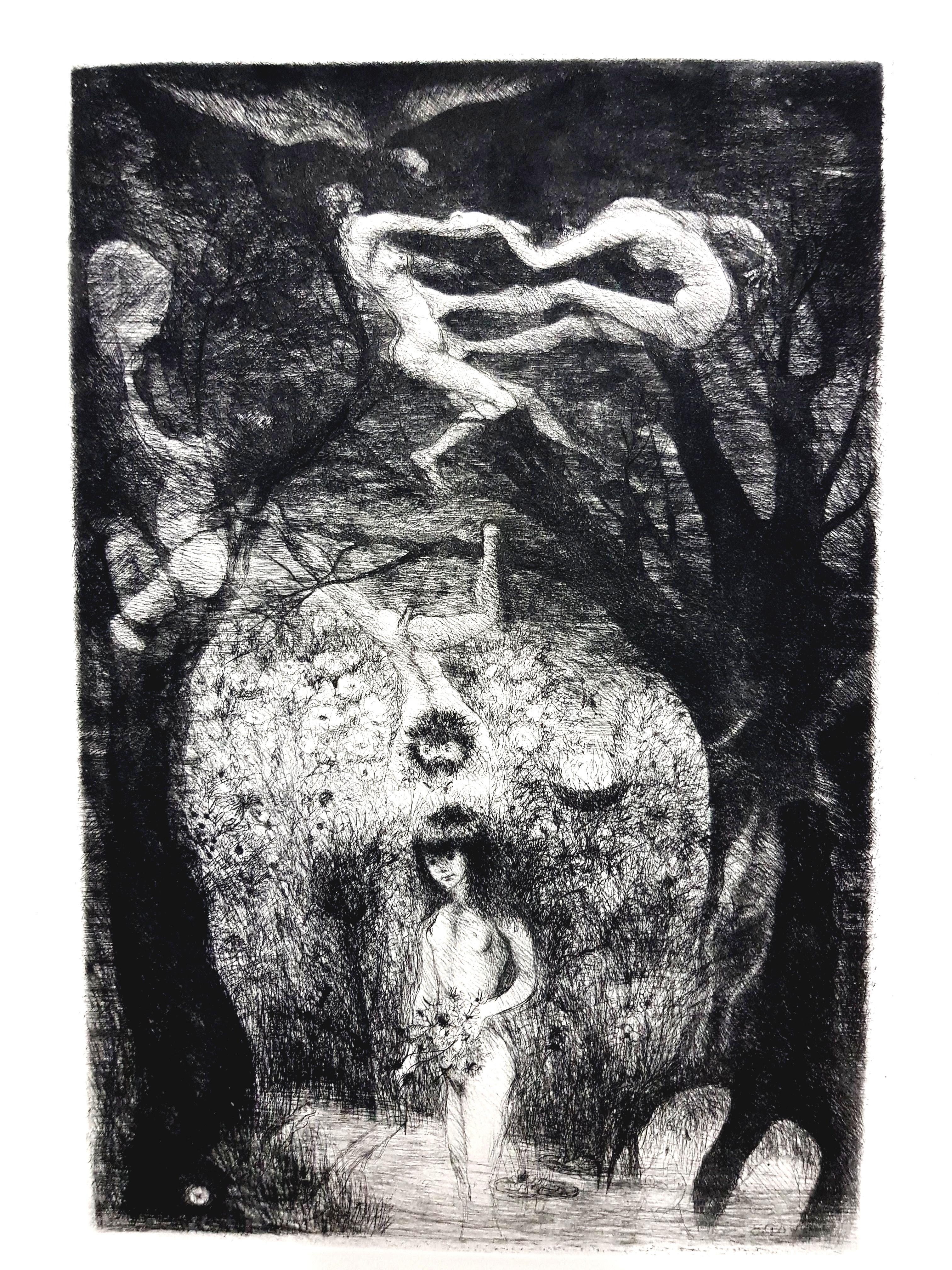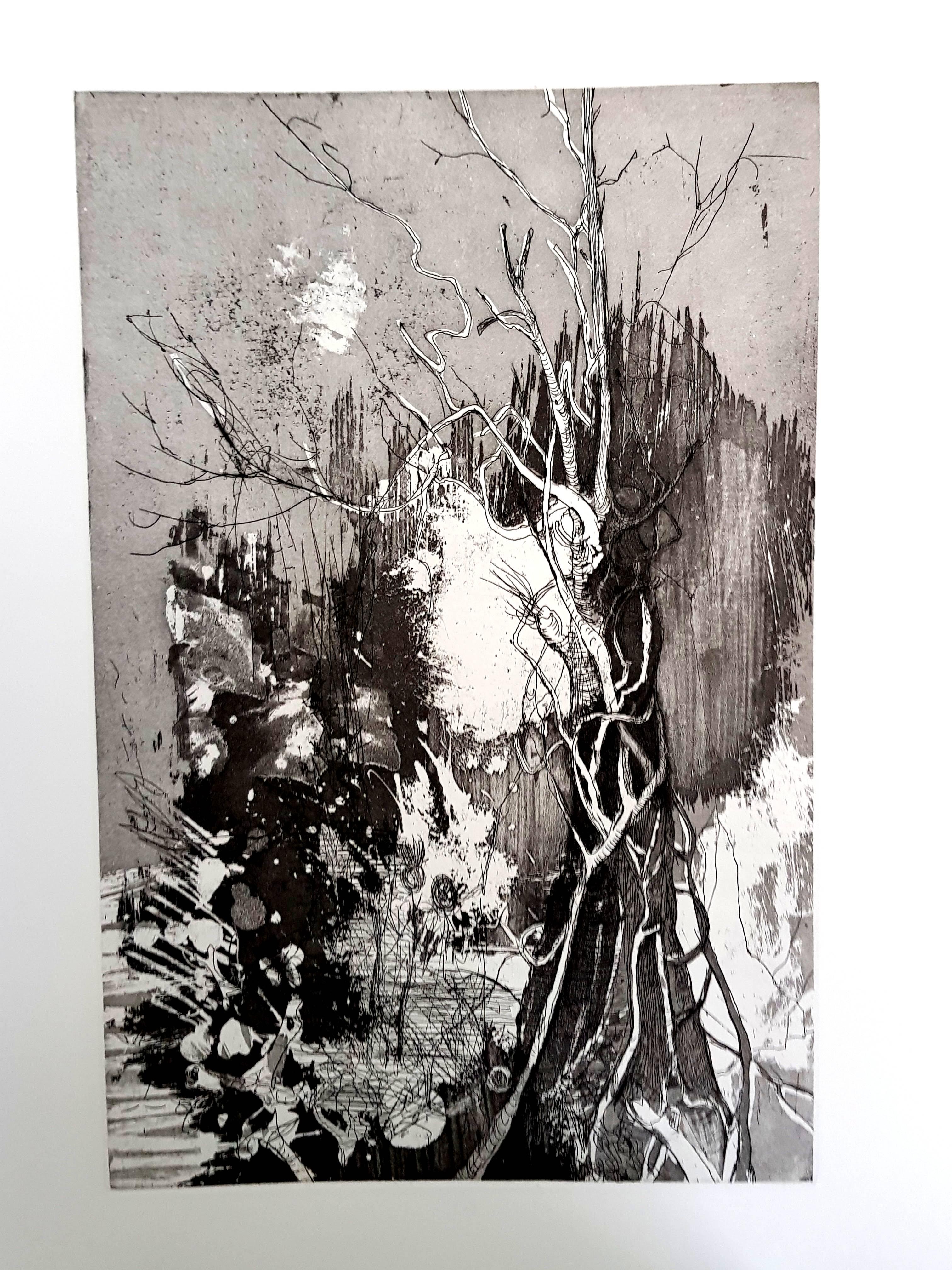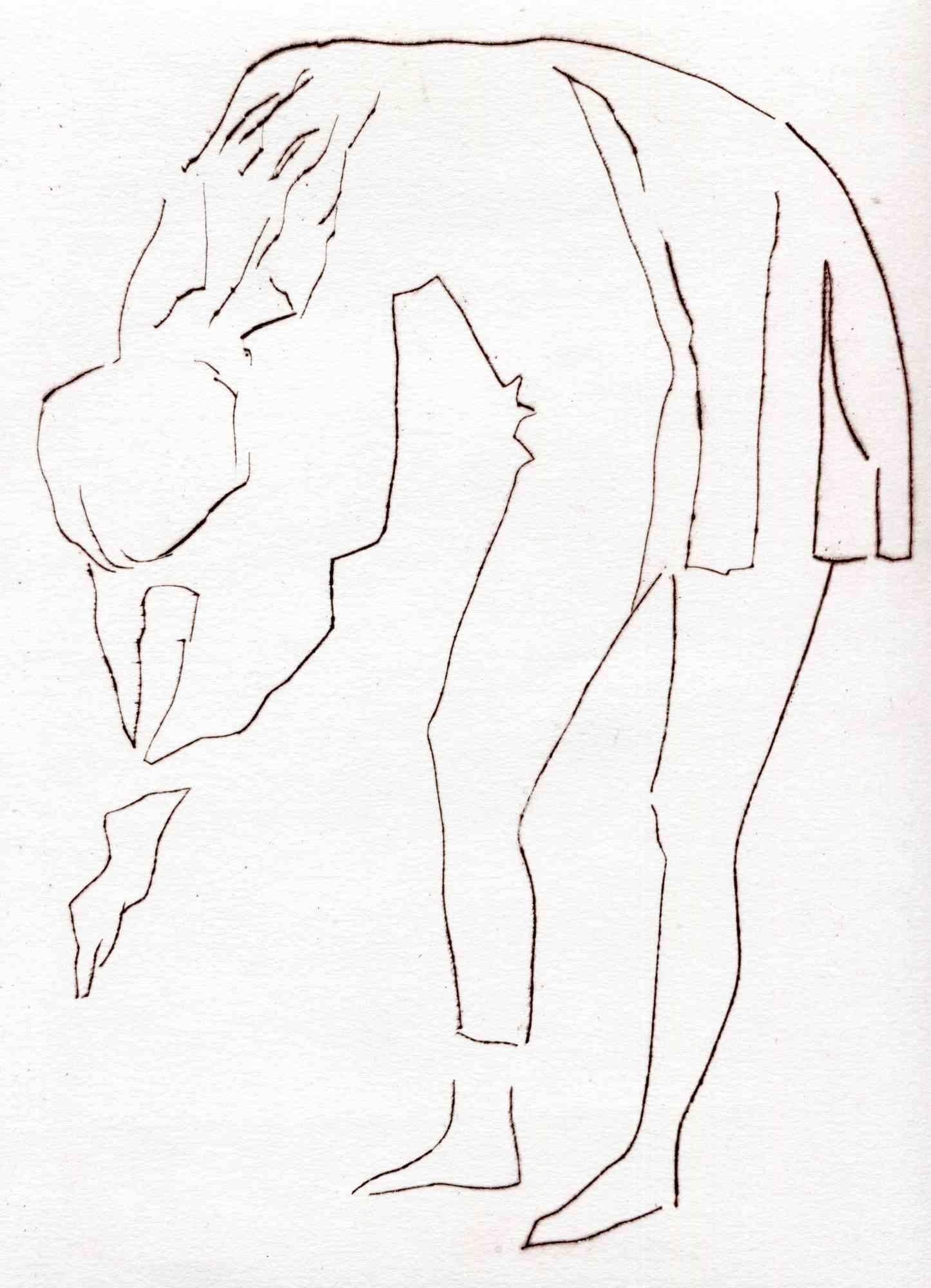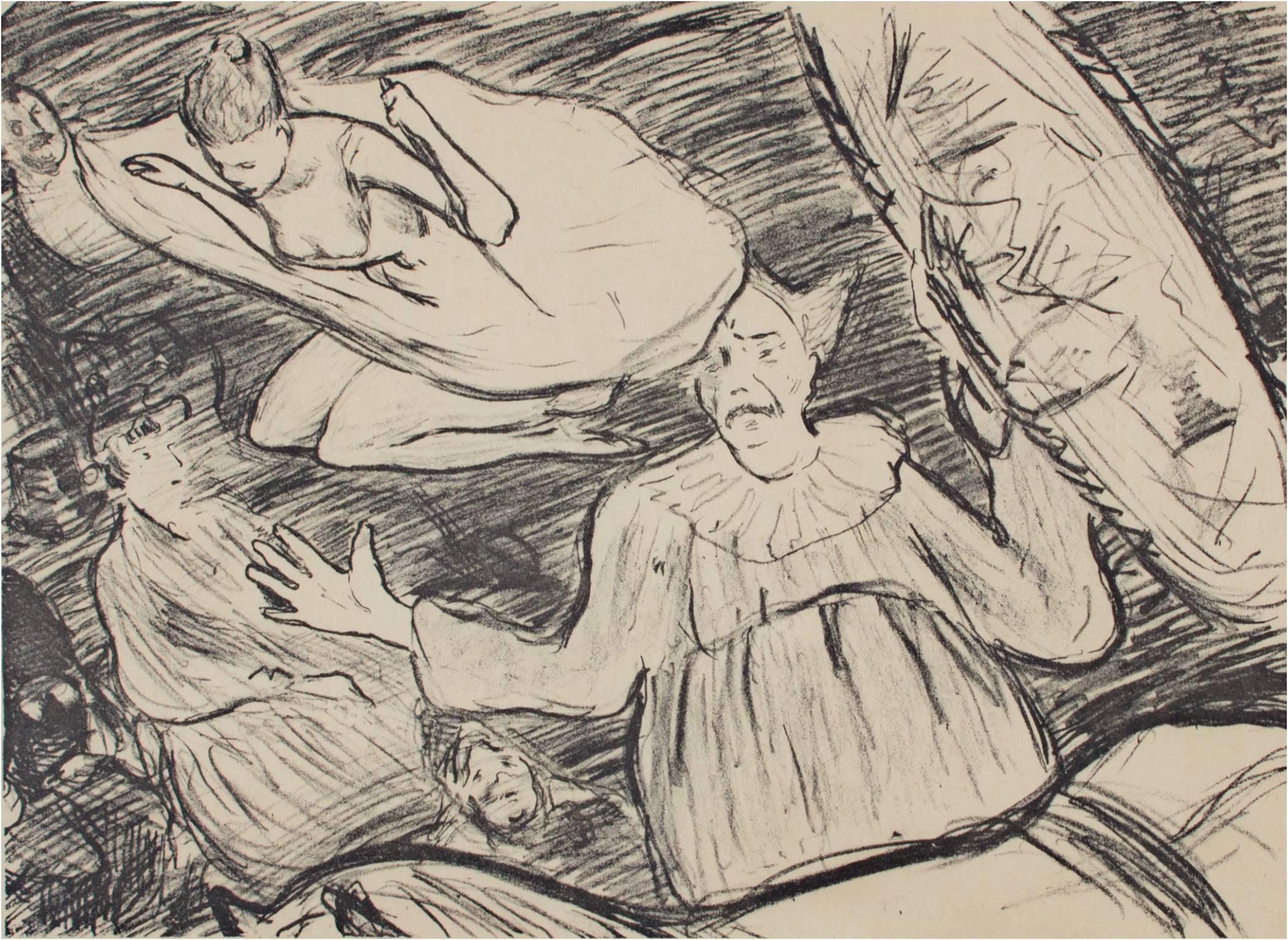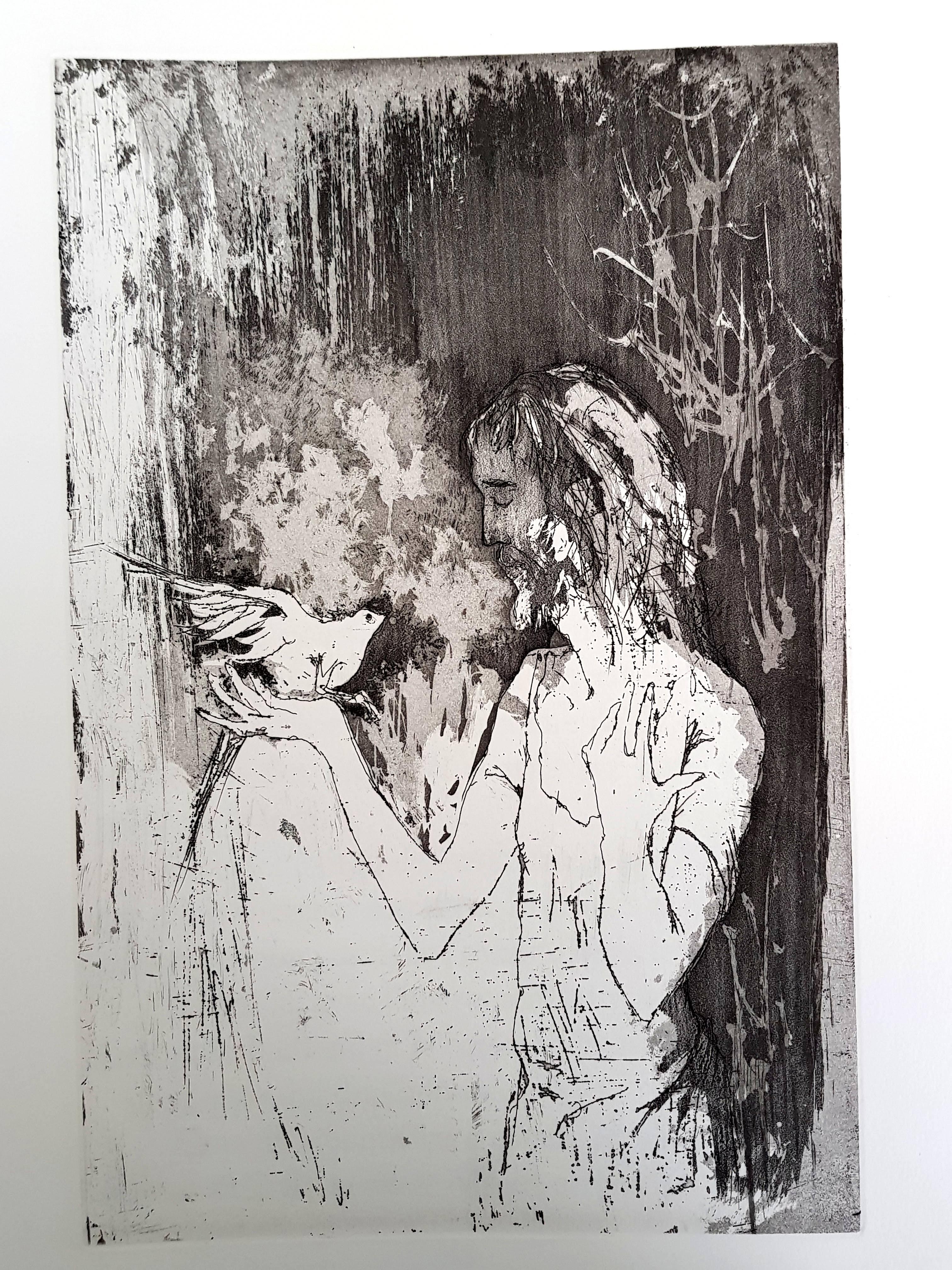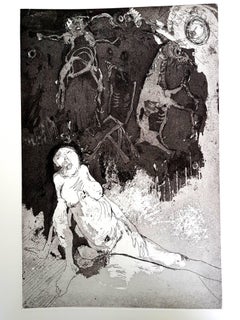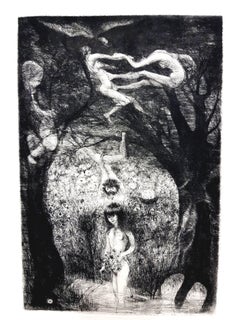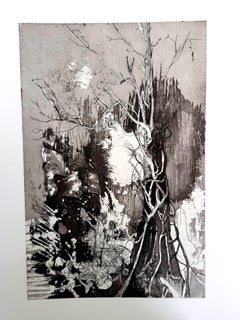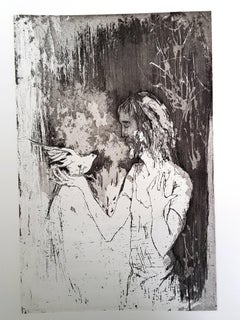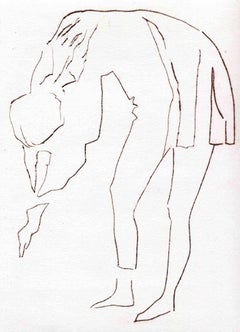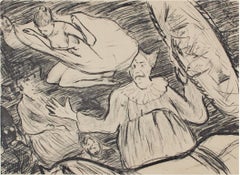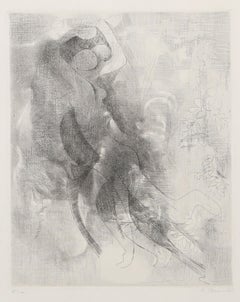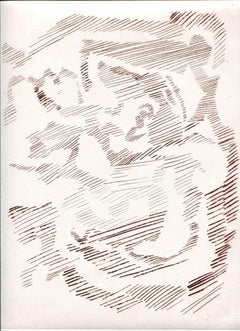Items Similar to Jean Gabriel Daragnès - Circus - Original Etching
Want more images or videos?
Request additional images or videos from the seller
1 of 9
Jean Gabriel DaragnèsJean Gabriel Daragnès - Circus - Original Etching1946
1946
$1,417.86
£1,075.15
€1,200
CA$1,995.90
A$2,180.58
CHF 1,142.85
MX$26,036.84
NOK 14,462.88
SEK 13,486.34
DKK 9,141.32
About the Item
Jean Gabriel Daragnès - Circus - Original Etching
Paris, Le Gerbier, 1946
Edition of 340
Jean-Gabriel Daragnes, French (1886 - 1950)
Daragnes
Jean-Gabriel Daragnès was highly regarded both as a printmaker – especially of wood engravings and etchings – and also as a master printer of other artists’ work. Daragnès was born in Bordeaux; his father was a carpenter. From 1900-1905 Daragnès was apprenticed to a silversmith as an engraver. In 1907, having completed his military service, Jean-Gabriel Daragnès went to Paris, dreaming of a life as a Bohemian painter in Montmartre. In order to survive, he took on all kinds of work, and soon turned from landscape painting to printmaking and the art of the book. Daragnès was not mobilised for WWI as he suffered from tuberculosis. After the war he wanted to found his own press.
By dint of selling everything he possessed, Daragnès raised enough money to build a house at 14, avenue Junot in Montmarte, to his own plans, with a printroom on the ground floor, a painting and printmaking studio on the first floor, and living quarters above. There Daragnés published some of the most beautiful books of the twentieth century, and also established a literary and artistic salon, whose members included Francis Carco, Pierre Mac Orlan, Colette, Léon-Paul Fargue, Noël Bureau, and Paul Valéry. It was Daragnès who taught Valéry the art of etching.
- Creator:Jean Gabriel Daragnès (1886 - 1950, French)
- Creation Year:1946
- Dimensions:Height: 13 in (33 cm)Width: 9.57 in (24.3 cm)Depth: 0.04 in (1 mm)
- Medium:
- Movement & Style:
- Period:
- Condition:
- Gallery Location:Collonge Bellerive, Geneve, CH
- Reference Number:1stDibs: LU16123329911
About the Seller
4.9
Gold Seller
Premium sellers maintaining a 4.3+ rating and 24-hour response times
Established in 2015
1stDibs seller since 2015
969 sales on 1stDibs
Typical response time: 1 hour
- ShippingRetrieving quote...Shipping from: Collonge Bellerive, Geneve, Switzerland
- Return Policy
More From This Seller
View AllJean Jansem - Original Etching
By Jean Jansem
Located in Collonge Bellerive, Geneve, CH
Jean Jansem - Original Etching
Title: Loneliness
Dimensions: 40 x 30 cm
Edition of 175
Paper: vélin de Rives
1974
Unsigned and unumbered as issued
Category
1970s Modern Figurative Prints
Materials
Etching
Edouard Goerg - Magic Jungle - Original Etching
By Edouard Goerg
Located in Collonge Bellerive, Geneve, CH
Edouard Goerg - Magic Jungle - Original Etching
Paris, Le Gerbier, 1946
Edition of 340
Edouard Joseph Goerg ‘Edouard Goerg’: Born of French parents Edouard Joseph Goerg left Austral...
Category
1940s Modern Portrait Prints
Materials
Etching
Jean Jansem - Original Etching
By Jean Jansem
Located in Collonge Bellerive, Geneve, CH
Jean Jansem - Original Etching
Title: Loneliness
Dimensions: 40 x 30 cm
Edition of 175
Paper: vélin de Rives
1974
Jean Jansem was born in 1920 at Seuleuze in Asia Minor and spent h...
Category
1970s Modern Figurative Prints
Materials
Etching
Jean Jansem - Saint- Original Etching
By Jean Jansem
Located in Collonge Bellerive, Geneve, CH
Jean Jansem - Original Etching
Title: Saint
Dimensions: 40 x 30 cm
Edition of 175
Paper: vélin de Rives
1974
Jean Jansem was born in 1920 at Seuleuze in Asia Minor and spent his ear...
Category
1970s Modern Figurative Prints
Materials
Etching
Henri Laurens - Character - Original Lithograph
By Henri Laurens
Located in Collonge Bellerive, Geneve, CH
Marino Marini - Character - Original Lithograph
1951
Dimensions: 32 x 24 cm
From XXe siècle
Unsigned and unumbered as issued
Category
1950s Surrealist Abstract Prints
Materials
Lithograph
Jean Jansem - Original Etching
By Jean Jansem
Located in Collonge Bellerive, Geneve, CH
Jean Jansem - Original Etching
Title: Loneliness
Dimensions: 40 x 30 cm
Edition of 175
Paper: vélin de Rives
1974
Unsigned and unumbered as issued
Category
1970s Modern Figurative Prints
Materials
Etching
You May Also Like
Composition - Original Etching and Drypoint - Mid-20th Century
Located in Roma, IT
Figure is an original etching and drypoint on paper realized by an anonymous artist of the mid-20th Century.
In very good conditions.
The artwork created through confident strokes,...
Category
Mid-20th Century Modern Figurative Prints
Materials
Drypoint, Etching
"Circus, " Original Lithograph signed by Henri-Gabriel Ibels
By Henri Gabriel Ibels
Located in Milwaukee, WI
"Circus" is an original lithograph by Henri-Gabriel Ibels. The artist signed the piece lower right and wrote the edition number (12 out of 100) in the lower left. This piece depicts a few disconcerted circus performers.
17 1/2" x 20 1/2" art
19 1/2" x 22 1/2" frame
Henri-Gabriel Ibels (30 November 1867 Paris – February 1936 Paris), was a French illustrator, printmaker, painter and author.
He studied at the Académie Julian with Pierre Bonnard and Édouard Vuillard and was a member of Les Nabis...
Category
1890s Modern Figurative Prints
Materials
Lithograph
Composition, Signed Surrealist Etching by Andre Beaudin
By Andre Beaudin
Located in Long Island City, NY
Composition
Andre Beaudin, French (1895–1972)
Date: 1934
Etching on Arches, signed and numbered in pencil
Edition of 81/100
Image Size: 11.75 x 9.25 inches
Size: 24.25 x 18.25 in. (6...
Category
1930s Surrealist Nude Prints
Materials
Etching
Abstract Poetic Composition - Original Etching and Drypoint - Mid-20th Century
Located in Roma, IT
Abstract Poetic Composition is an original print in etching and drypoint on white paper realized by an Anonymous artist of the Mid-20th Century.
Good conditions with slight foxing on...
Category
Mid-20th Century Modern Figurative Prints
Materials
Drypoint, Etching
Acrobat, Surrealist Etching by James Kearns
By James Kearns
Located in Long Island City, NY
James Kearns, American (1924 - ) - Acrobat, Year: circa 1975, Medium: Etching on Rives, signed, titled and numbered, Edition: 44/50, Image Size: 14.5 x 8.75 inches, Size: 22 x 15 i...
Category
1970s Surrealist Portrait Prints
Materials
Etching
Circus Woman, Surrealist Etching by Peter Paone
Located in Long Island City, NY
Peter Paone, American (1936 - ) - Circus Woman, Year: circa 1965, Medium: Etching on Rives, signed, titled and numbered in pencil, Edition: 25, Image Siz...
Category
1960s Surrealist Portrait Prints
Materials
Etching
